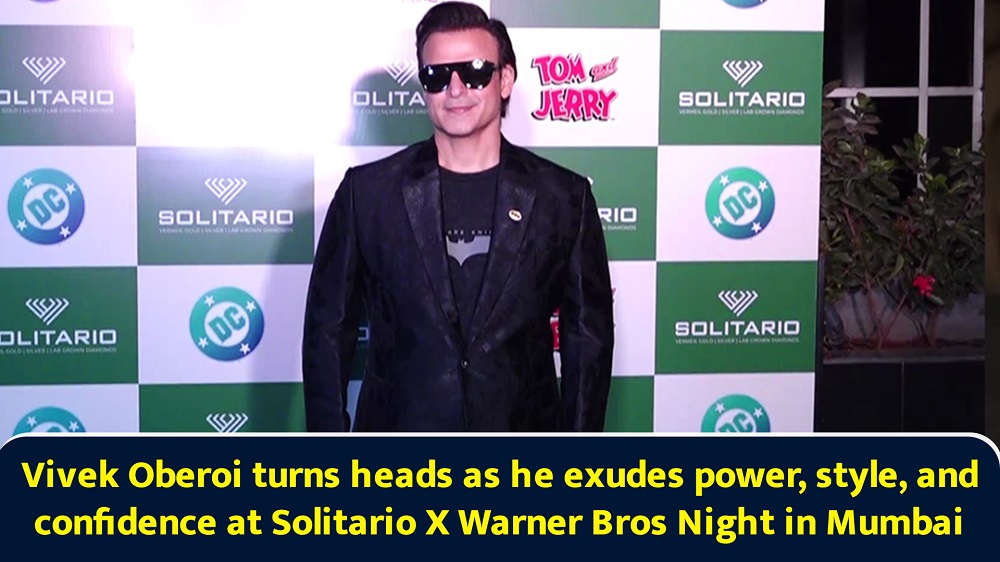Exploring the Diversity of Indian Tourism: A Journey Across the Country`s Rich Heritage and Culture

India, a land of diverse landscapes, vibrant cultures, and rich heritage, offers a unique tourism experience that is like no other. Whether you are a history enthusiast, a nature lover, or a spiritual seeker, Indian tourism has something special to offer. From ancient temples to pristine beaches, snow-clad mountains to sun-kissed deserts, India is a treasure trove of varied destinations. Here’s a glimpse into the different faces of Indian tourism that continue to attract travelers from around the globe.
1. Cultural Tourism: A Journey into India’s Rich Heritage
India is home to a rich tapestry of cultures and traditions that span thousands of years. The country’s cultural diversity is evident in its architecture, festivals, art forms, and culinary traditions.
Heritage Sites: The UNESCO World Heritage Sites in India, including the iconic Taj Mahal in Agra, the temples of Khajuraho, and the ruins of Hampi, offer a glimpse into the country's glorious past. These sites, with their intricate carvings and architectural brilliance, attract travelers keen on exploring India’s historical legacy.
Festivals: India’s festivals, such as Diwali, Holi, Durga Puja, and Onam, are a celebration of life, art, and culture. Tourists often plan their trips around these festivals to experience the vibrant celebrations, traditional performances, and unique rituals.
Traditional Arts and Crafts: Each state in India boasts its own unique craft, whether it’s the intricate Pashmina shawls from Kashmir or the hand-painted Madhubani art of Bihar. Cultural tourism in India allows travelers to explore these regional specialties and even participate in workshops to learn the craft.
2. Spiritual and Pilgrimage Tourism
India has long been a spiritual hub, attracting seekers from all corners of the world. The country’s deeply ingrained spiritual practices, temples, and sacred places form an integral part of its tourism offerings.
Hindu Pilgrimage Sites: The Char Dham Yatra (comprising Yamunotri, Gangotri, Kedarnath, and Badrinath) is one of the most revered pilgrimage circuits for Hindus. Other sacred sites like Varanasi, Rishikesh, and Haridwar offer tourists a chance to experience India's spiritual traditions and engage in rituals that have been passed down for centuries.
Buddhist Circuit: India is also home to significant Buddhist pilgrimage sites such as Bodh Gaya, where Lord Buddha attained enlightenment, and Sarnath, where he gave his first sermon. These places hold a unique charm for spiritual travelers.
Yoga and Ayurveda: Yoga tourism has seen a surge in recent years, particularly in places like Rishikesh, Mysore, and Kerala. India’s wellness tourism also includes Ayurveda, a traditional system of medicine that attracts health-conscious travelers seeking rejuvenation and healing.
3. Adventure Tourism: Exploring India’s Diverse Landscapes
India’s varied geography provides a playground for adventure enthusiasts. From trekking in the Himalayas to water sports in coastal regions, adventure tourism in India is growing rapidly.
Trekking and Hiking: The Himalayan region offers some of the world’s most scenic and challenging trekking routes, such as the Markha Valley trek in Ladakh, the Roopkund trek in Uttarakhand, and the Valley of Flowers trek. The Western Ghats and the Nilgiri Hills also offer lesser-known trails for avid hikers.
Water Sports: India’s extensive coastline along the Arabian Sea and the Bay of Bengal is ideal for water sports such as surfing, diving, and snorkeling. Popular destinations include Goa, Andaman and Nicobar Islands, and Kerala’s backwaters.
Wildlife Safaris: India is home to a wealth of wildlife, and its national parks and wildlife sanctuaries, such as Jim Corbett, Ranthambore, and Kaziranga, provide tourists with the opportunity to spot Bengal tigers, Asiatic lions, and one-horned rhinos, among others.
4. Eco-Tourism: Sustainable Travel in India
Eco-tourism has gained momentum in India, especially among travelers who are conscious of environmental impact. The country has an array of eco-friendly resorts and destinations that focus on sustainability while offering a deep connection with nature.
Conservation Areas: India’s vast natural beauty includes protected forests, wetlands, and wildlife habitats that encourage responsible travel. Places like Coorg, Kerala’s Periyar Wildlife Sanctuary, and Sikkim offer eco-friendly accommodations and activities that promote environmental sustainability.
Offbeat Destinations: India has many hidden gems that remain largely untouched by commercial tourism. These include the remote villages in the Northeast, the pristine beaches of Kerala, and the tranquil tea gardens of Darjeeling. Eco-tourism in these areas helps preserve the local culture and natural beauty.
Community-Based Tourism: In regions like Ladakh, tribal areas of Odisha, and parts of Rajasthan, community-based tourism allows travelers to interact with local tribes and participate in sustainable activities, contributing to local livelihoods.
5. Culinary Tourism: A Taste of India
Indian cuisine is as diverse as the country itself, offering an explosion of flavors, spices, and regional specialties. Culinary tourism in India allows travelers to explore the gastronomic culture in various parts of the country.
Street Food Tours: India’s street food is famous worldwide, with destinations like Delhi, Mumbai, Kolkata, and Ahmedabad offering a variety of snacks that reflect the local flavors. From spicy chaat to savory kebabs, food lovers can enjoy authentic regional tastes.
Traditional Cooking Classes: For those keen on learning the art of Indian cooking, many hotels and resorts offer cooking classes where travelers can learn to make dishes such as biryani, masala dosas, and butter chicken.
Regional Cuisines: Each region in India boasts its own culinary tradition, such as the seafood of Goa, the spicy dishes of Andhra Pradesh, the vegetarian fare of Gujarat, and the rich Mughlai cuisine of Lucknow.
Conclusion: Why India Should Be on Your Travel Bucket List
India offers an unparalleled travel experience, with its vast range of tourism options that cater to every type of traveler. Whether you’re looking to immerse yourself in cultural history, indulge in spiritual practices, embark on thrilling adventures, or experience local cuisines, India has it all. The country’s tourism sector continues to evolve with a focus on sustainability and community engagement, making it a top destination for conscious travelers.
India’s ability to blend the old with the new, its deep spiritual roots, and the warmth of its people make it a must-visit destination for anyone seeking a rich, diverse, and meaningful travel experience.
























